19th Century New Orleans Photography
The Creation of Visual Immortality

In the months
following Louisiana's secession from the Union, scores of military units were
formed in the state of Louisiana. Most volunteers traveled to the New Orleans
area to be mustered into Confederate service. While there, several New Orleans
photographers recorded their images. Some local photographers even
departed with the troops, trading their cameras for arms. Theodore Lilienthal
joined the Washington Artillery; A. Constant, the Orleans Guard; Warren Cohen,
the Crescent Regiment; William Guay, the Louisiana State Militia; Bernard and
Gustave Moses, the 21st Louisiana Infantry; Samuel Moses, the 11th
Louisiana Infantry; Louis Prince, the 2nd Louisiana Cavalry, and
finally John Clark, a purser in the Confederate army. And a few of these artists
actually took to the field to capture their images: Mrs. E. Beachbard, the only
known local female photographer of the time, died of disease while photographing
Confederates at Camp Moore; J. W. Petty photographed the Washington Artillery
while in camp in New Orleans; and J. D. Edwards photographed Confederate
soldiers in camp and drill in Pensacola, Mobile, and Virginia.

Ambrotype of female Confederate photographer Mrs. E. Beachbard taken at Camp Moore of Mississippi soldier Edward Lilley. It is
attributed to her by her signature use of image identification. This image is
marked, “ Edward Lilley /Camp Moore/ July 5th 1861.”
Ironically,
all of these Confederate photographers owed their trade to a black man. Portrait
painter Jules Lion was the first in New Orleans to show the invention of
photographic art, the daguerreotype, in 1840. He was a “free man of color.” He
had learned the process in 1839 while visiting Paris, hometown of its inventor,
Louis Daguerre. The daguerreotype, commonly called a “dag,” was an image formed
on a polished, silvered copper plate made light sensitive by its exposure to
vapors of various chemicals. The resultant image was a “direct” image, and thus
the subject appeared to the viewer in reverse. Although there are no known Lion-
labeled images of Confederates, Lion was well-known for photographing New
Orleans’ most distinguished citizens: clergymen, judges, attorneys and members
of the military. Lion did sign one lithograph of famous composer Harry Macarthy
as a Confederate soldier used for his patriotic sheet music, which was published
by A. E. Blackmar of New Orleans in 1861.

Jules Lion
lithograph of Macarthy
Jules Lion drew the illustrated image of the famous composer
Harry Macarthy with his wife Lottie Estelle on the cover of this
patriotic Confederate sheet music, which included his famous composition The
Bonnie Blue Flag. Lion’s likeness of Macarthy is only one of three known to
exist-none of them photographs.
The art of
photography advanced during the antebellum years, and by the time Louisiana
joined the Confederacy a newer process replaced that of the daguerreotype. Early
Civil War photography was captured on ambrotypes (meaning “immortal pictures”),
glass plates with light-sensitive collodion that created negative images on
their reverse sides. James Cutting of Boston and his partner, Isaac Rehn of
Philadelphia, had developed this process in the mid-1850s. It proved to be a far
superior product to the daguerreotype due to its cheaper cost and faster
exposure time. Development of the photographic process continued into late 1861
when Professor Hamilton Smith of Ohio invented a yet newer process in which
negative images were formed on thin sheets of tin. These images were called
ferrotypes, or “tintypes.” These tintypes proved much more durable than their
glass counterparts, and lowered the cost of photography even further, allowing
almost all soldiers the opportunity to capture their image for their loved ones
prior to going off to war.

New Orleans photographers quickly adapted to the lucrative
business of taking photographs of military soldiers. This ambrotype taken by
Washburn & Co. of New Orleans captured an example of a unique social status in
antebellum New Orleans. These Confederate soldiers are half brothers, the one on
the right a mulatto.
However, the
most common photographic process used during the Civil War was the use of a
glass negative to expose a paper coated with egg white, which created a paper
positive called an albumen. This form of photography could be mass produced and
included the very popular small carte-de-visite (calling card), commonly called
a “cdv.” Cdvs were handed out as calling cards and collected by many citizens as
souvenirs of their cherished famous leaders.

CDV of Washington Artillerist
Civil War
images were produced in various sizes. The larger the size, the higher the cost.
A full photographic plate, whether an ambrotype or tintype, measured 6 1/2 by 8
1/2 inches, a half plate 4 1/2 by 5 1/2, a fourth plate 3 1/4 by 4 1/4, a sixth
plate 2 3/4 by 3 1/4, and a ninth plate 2 by 2 1/2. The most commonly purchased
“hard” image was the sixth plate. Cardstock cdvs, or “soft” images, measured 2
1/2 by 4 inches.
Affluent
Washington Artillery members could easily afford to have their images taken as
mementos for family and loved ones prior to leaving the city. In fact, they
could also afford to have group photographs taken while in camp. J. W. Petty of
156 Poydras Street is the only New Orleans photographer with documented outdoor
albumen images of the 5th Company Washington Artillery while its members were
stationed at Camp Lewis (now Audubon Park). Several of the photos bear his name
and address on their card stock. Although other images do not bear his mark,
Theodore Lilienthal may have taken others, since Lilienthal had joined the
Washington Artillery’s 6th Company and was in New Orleans when the
photographs were taken in 1862. J. D. Edwards has also been credited for some of
these outdoor images.

5th Company,
Washington Artillery in the field -Camp Lewis
(now Audubon Park)
Sign reads,
"No. 2/ 64 Carondelet St."
Note striped
tent, reported to have been made from circus tent canvas.
However,
there is little doubt that Jay Dearborn Edwards pioneered the use of outdoor
photography during the Civil War. When other photographers were satisfied with
traditional studio art, Edwards was carrying his equipment over rugged terrain
to capture scenes of Confederate soldiers in camp and within Southern forts.
Although he sold these images to the New Orleans market, the more prolific and
famous northern photographers Brady and Gardner later overshadowed his talents.
It was not until after the war that his innovative genius was recognized. When
Francis Miller started his search for Civil War photographs for his
monumental 1911 ten volume Photographic History of the Civil War, he sent
a researcher to New Orleans to search for Confederate images. The researcher
called upon the Washington Artillery Arsenal in New Orleans. Its one-armed
armorer, Sergeant Dan Kelly, “said that there were no photographs, but consented
to look in the long rows of dusty shelves which line the sides of the huge, dark
armory. From almost the last he drew forth a pile of soggy, limp cardboard,
covered with the grime of years. He passed his sleeve carelessly over the first,
and there spread into view a picture of his father sitting reading among his
comrades in Camp Louisiana 49 years before. The photographs were those of J. D.
Edwards, who had also worked at Pensacola and Mobile. Here were Confederate
volunteers of ’61 and the boys of the Washington Artillery which became so
famous in the service of the Army of Northern Virginia.” [Camp Louisiana was located near Mitchell’s Ford on Bull Run
River northeast of Manassas Railroad Junction in Northern Virginia, July 8,
1861.] Today, these outdoor albumen scenes and cartes-de-visite can be used to
help determine some historical facts about their subjects.

Glove
of Dan Kelly-veteran & armorer of Washington Artillery Arsenal.
Many
photographers placed advertisements on the front or back of their carte-de-visite
stocks, the latter called a “back mark,” which can now be used to help date the
image. Back marks identified the photographer by name, address, and city. Since
many New Orleans photographers moved from studio to studio, their addresses can
be cross-referenced with old annual city directories to determine the era of the
image.

Advertisements not only appeared on the back of cdvs, but by the
use of tokens and business cards. Here is an example of a token from the
daguerreotype studio of E. Jacobs and a business card from J. W. Petty.
For example,
many images of Washington Artillerists were taken by Samuel Anderson and Samuel
T. Blessing, partners in photography, whose 1861 address was 61 Camp Street. By
1864 the two photographers dissolved their partnership and by 1865, after the
war, Anderson merged with Union photographer Austin A. Turner of New York.
Therefore, by merely viewing the back mark on the reverse of a cdv card, one may
determine when the image was sold.
Many
Washington Artillery cdvs also exhibit a postage stamp affixed to their reverse
sides. The stamp represents payment of a photographic tax levied on the sale of
images in late 1864. The rate of taxation was determined by the cost of the
image. Standard cartes-de-visite, without coloring or touchups that sold for
twenty-five cents, required two-cent postage stamp(s) or “revenue” stamps) to
be placed on the reverse of the card. The stamp(s) were “cancelled” by the
penned initials of the photographer. Therefore, any cdv with a revenue stamp
automatically dates it’s sale to the late war, if the subject is Union, or the
immediate post war era if Confederate, since loyal Confederates did not start
reentering the city until May of 1865.

Reverse of
Washington Artillerists' cdvs
with "backmarks,"
revenue stamp, & signature (Anderson &
Turner/ New Orleans)
(Note: One cannot
always be sure that the image was taken
at the date noted by the backmark address on the reverse. A subject may have posed for
his photograph at an earlier date
and his image kept on file as a glass “negative” and additional copies printed
later.)

William Watson Washburn's Studio on Canal St.

Louis Prince's Photographic Studio on Canal St.
By 1866 the revenue stamp was no longer
required, and the cdv started to fall out of favor to the much larger “cabinet
card” image.

Larger cabinet card of Robert & Beauregard Whann of the Washington Artillery-
circa 1880s
If a back
mark is not present on a cdv, other clues may help identify a particular
photographer. Many photographers used “signature” props in their photographs. It
was quite common to see these same studio props, i.e. a fancy chair or drape,
from one Washington Artillery portrait image to another. In some images,
multiple variations of these props were used. A studio’s signature linoleum
flooring or painted backdrop can also be used to help identify the photographer. Personalized
cdvs can also help date or identify an image. Often the pictured soldier would
personalize the reverse of a cdv by adding a signature or an inscription with
the date when the image was taken. Finally, a
subject’s clothing can help date the photograph. After the Civil War, it was a
crime for Confederate veterans to be photographed armed or in full uniform.
(Confederate veterans could not bear arms.) Because of this ban, members of the
Washington Artillery are often seen in post war Anderson & Turner
cartes-de-visite wearing civilian clothing, or their Confederate shell jackets
or frock coats but wearing white, summer dress nonmilitary pants and no
accoutrements. Often, the photographer would also blacken out the military
buttons on their Confederate frock coats. One famous example of this ban is
photographer Miley’s post war image of Robert E. Lee on his horse Traveller. Lee
is seen in uniform without his military insignia or sword.
Several
favorite New Orleans photographers and their wartime carte-de-visite back mark
addresses include:
Samuel
Anderson 61 Camp St. 1860-1864
E.
Beachbard 173 Rampart St. 1861
Camp Moore, La. 1861
Samuel T.
Blessing 61 Camp St. 1860-1863
Anderson &
Turner 61 Camp St. 1864-1865
John H.
Clark 101 Canal St. 1861-1865
A.
Constant 20-21 Hospital St. 1861-1865
A. Constant &
L. Moses 21 Hospital St. 1866
Jay Dearborn
Edwards 19 Royal St. 1861
William M.
Guay 108 Poydras St. 1861-1862
75 Camp St. 1863-1864
Edward
Jacobs 93 Camp St. 1860-1864
Theodore
Lilienthal 102 Poydras St. 1862-1865
Felix
Moissenet 6 Camp St. 1861
Bernard
Moses 46 Camp St. 1861-1864
Gustave
Moses 46 Camp St. 1861-1865
Samuel
Moses Camp & Poydras 1861-1865
J. W.
Petty 136 Poydras St. 1861-1865
Louis Isaac
Prince 112 Canal St. 1861
8 St. Charles St.
1865
William
Watson Washburn 142 Canal St. 1861-1865
113 Canal St. 1866
Without the
proliferation of these Southern photographers and the survival of their historic
photographs, the story of America’s Civil War would not have the same impact on
today’s generation. They imprint upon the viewer’s mind an eternal, fixed image
to a name or event. These images help make those heroic Civil War soldiers
immortal.
New Orleans
Through the Eyes
of Its Photographers

Jackson Square and the French Quarter
as seen from the east bank across the levee near Bienville St. on the
riverfront.
The following
images were taken by various New Orleans photographers and gives an idea of what
the Crescent City looked like at the time of the War Between the States.

St. Louis Cathedral

East bank Riverfront, Jackson Square
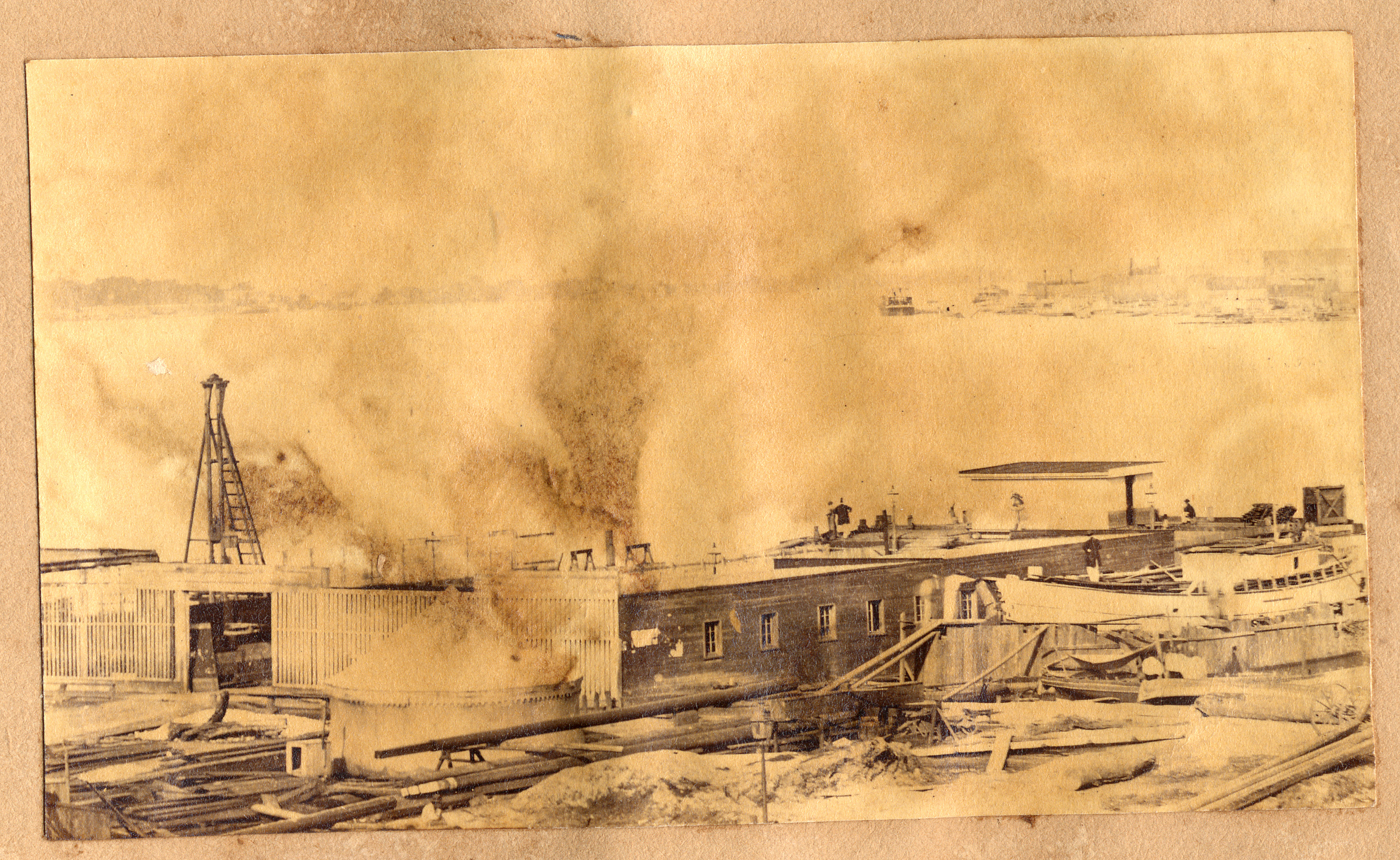
West bank Riverfront, Algiers shipyard

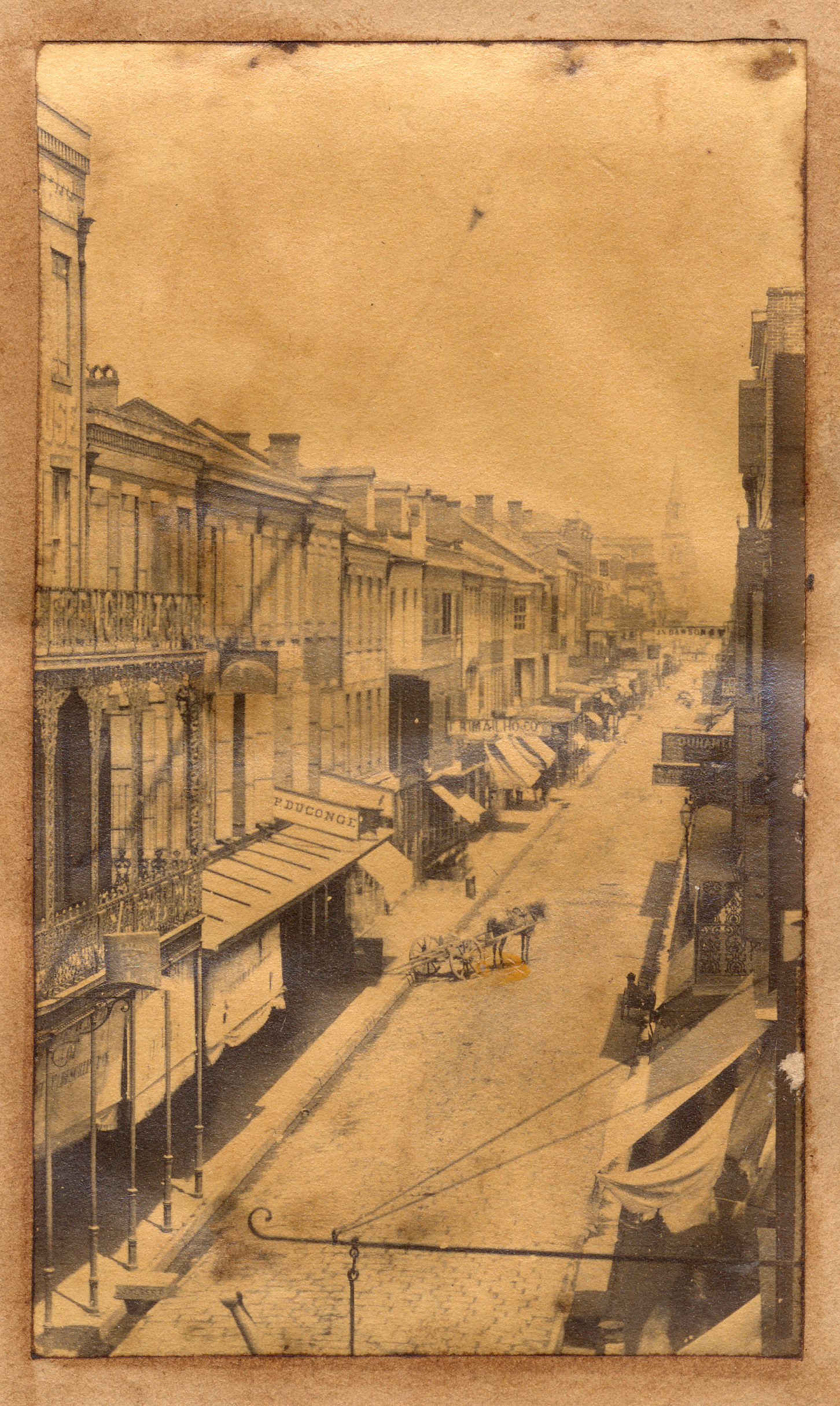
Camp Street
Decatur Street

Jackson Square
as seen from river

Waterfront, Jackson Square

Canal Street, looking towards the river

City Hall (left); Captain C. Slocomb's [5th
Company, Washington Artillery] house (right)

Bird's Eye view New Orleans skyline from St. Patrick's Church

Bird's Eye view New Orleans skyline overlooking Lafayette Square

Riverfront with steamships

Custom House under construction


St. Charles Hotel
United States Mint
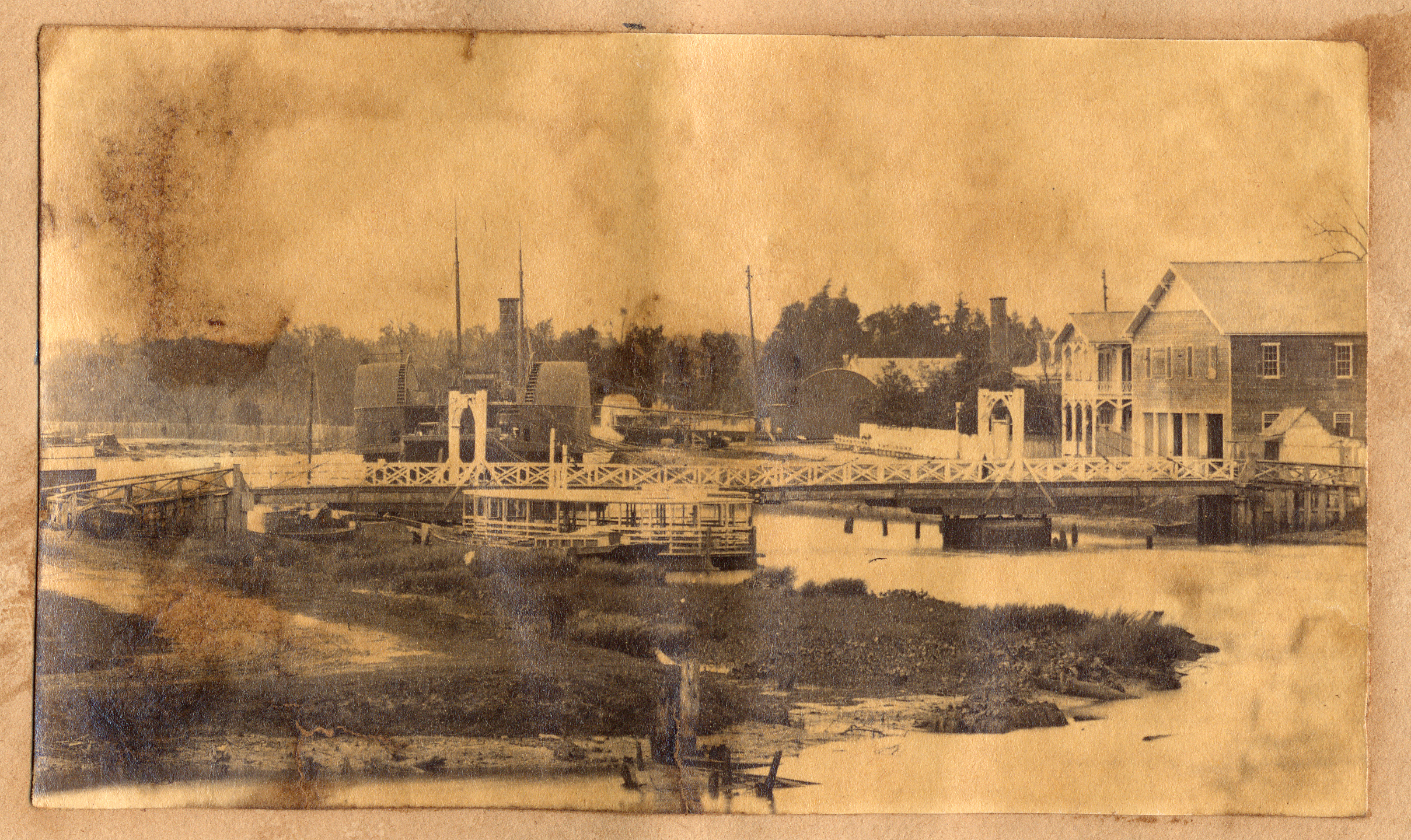
Bayou St. John

Statue of Henry Clay at foot of Canal Street, looking toward St. Charles
hotel

Medical College of Louisiana on Common Street
Designed by architect James A. Darkin in 1847, it was the third largest in
the country.
A temporary arsenal for the Washington Artillery was across the street from
this facility after the Civil War.
.jpg)
Charity Hospital on
Common Street ( now Tulane Ave)
The building dates to
1832 and came under the administration of the Sisters of Charity,
who would partner with
the Medical College of Louisiana and run the hospital for the next century.

Gas Works, New Orleans
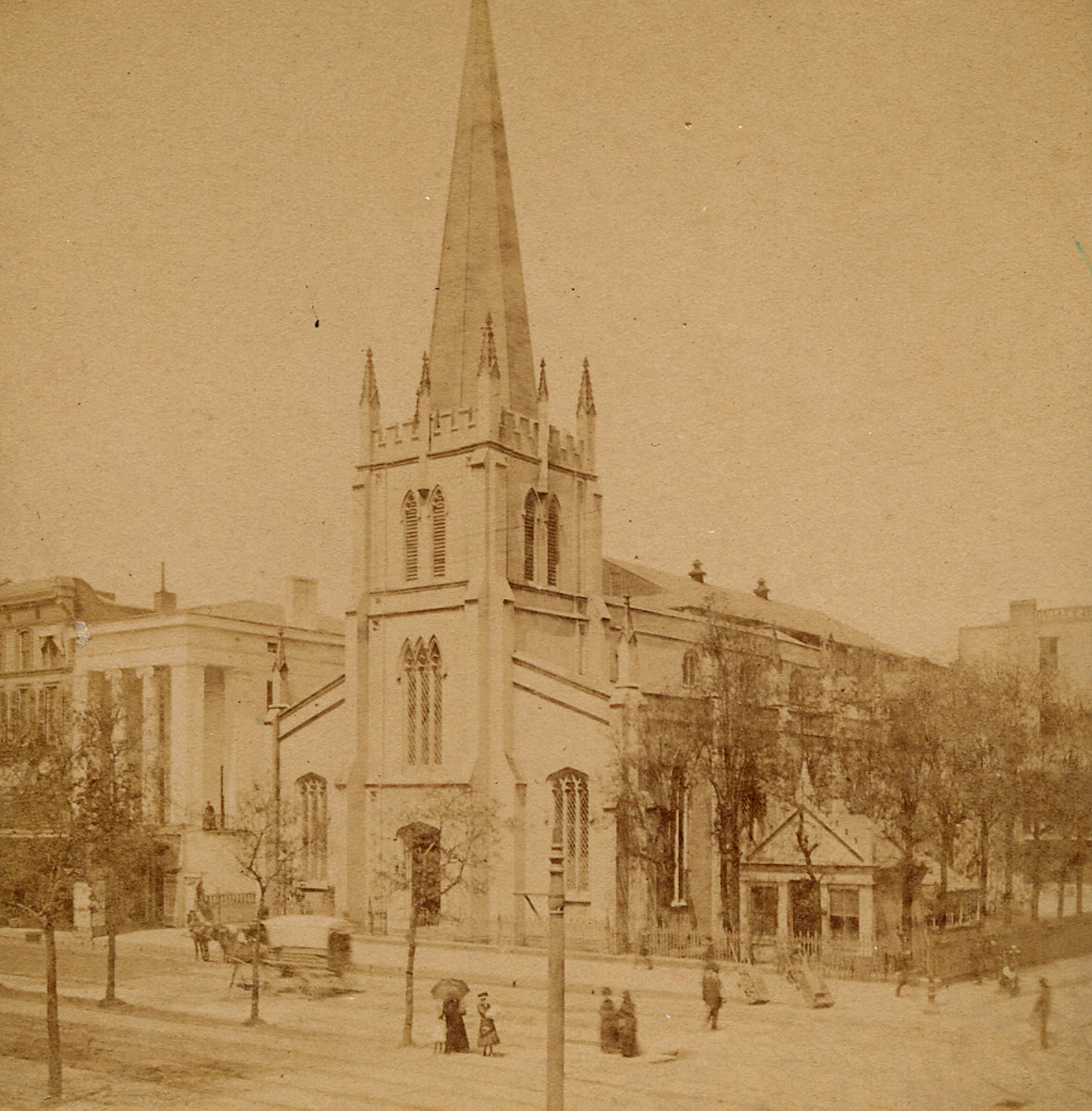
Christ Presbyterian Church, Canal St.

Canal Street

St. Patrick's Hall, New Orleans

Hotel Royal

Crescent City Billiard Club on right

General Benjamin Butler's Headquarters

Canal Street, looking from the river

Chalmette Battlefield

Steamboats on the riverfront

On the Waterfront
Cotton bales piled to the extreme!
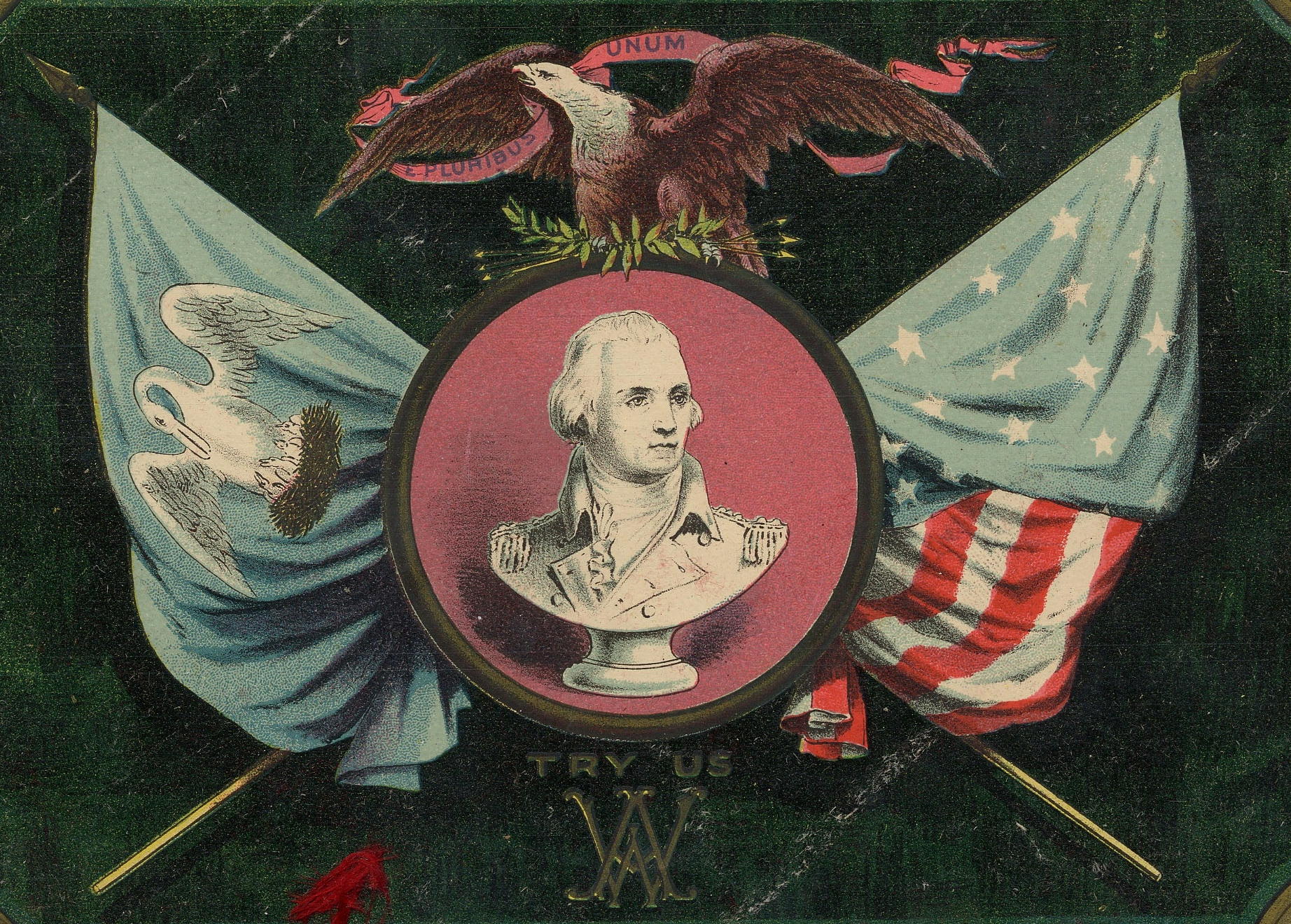
HOME